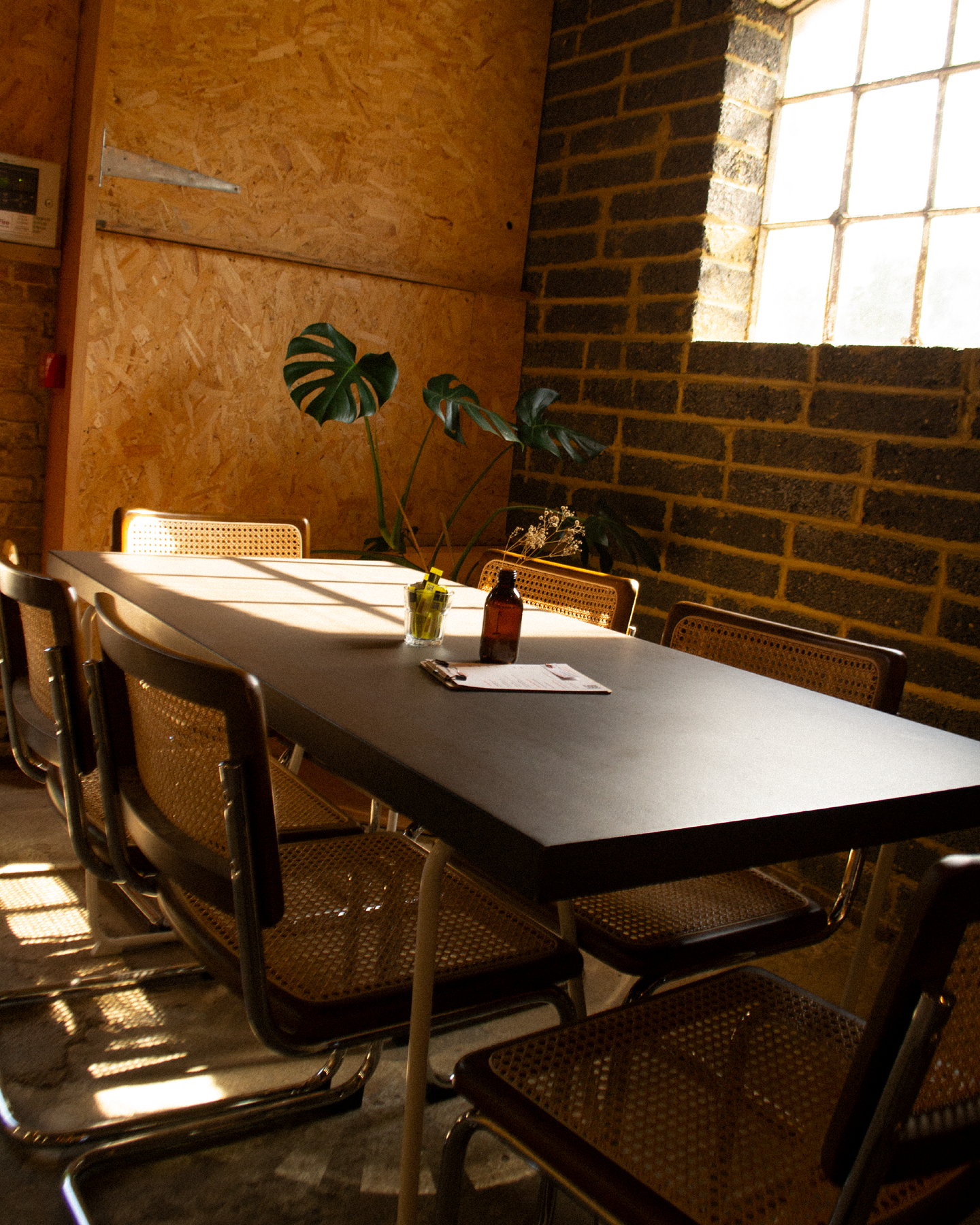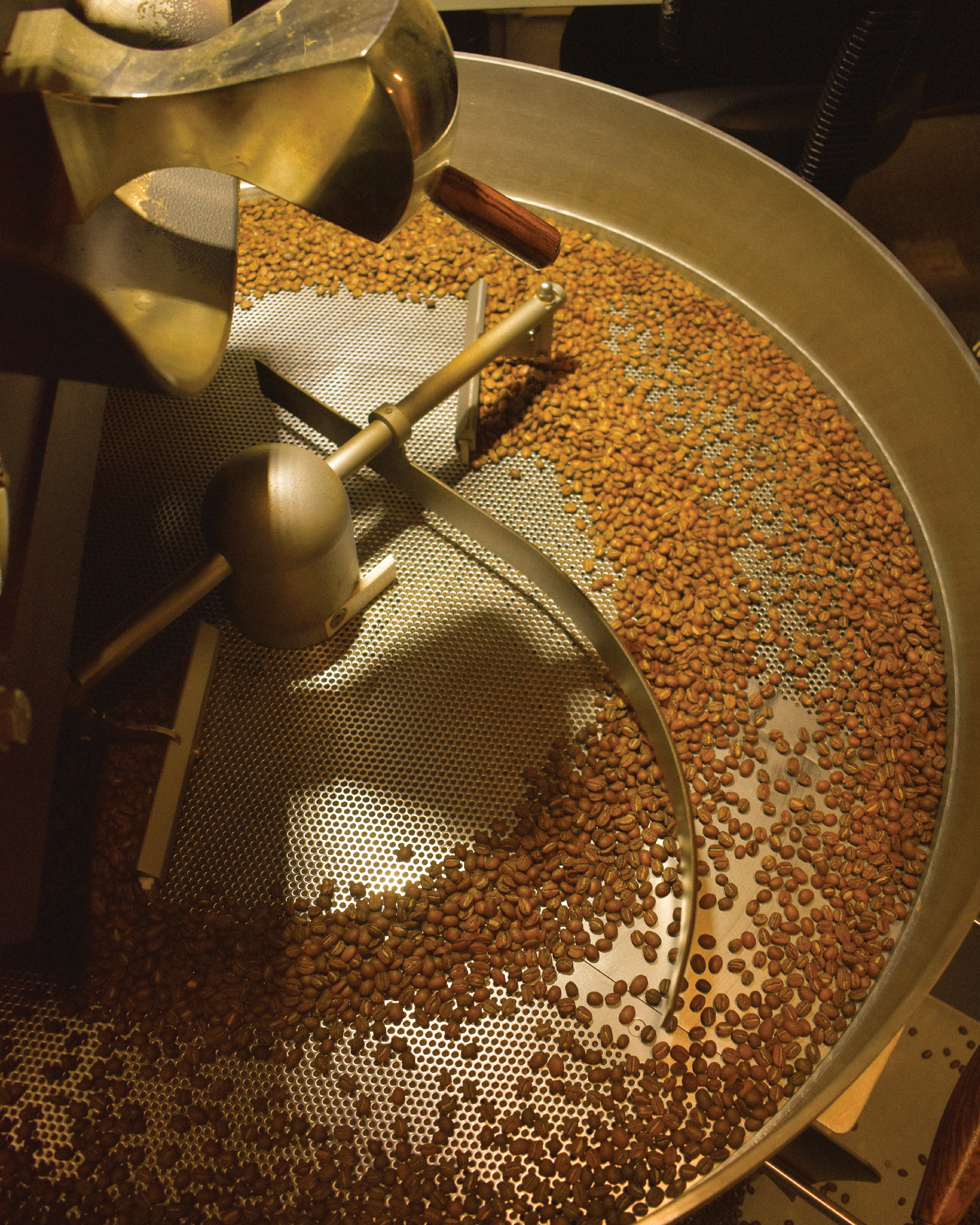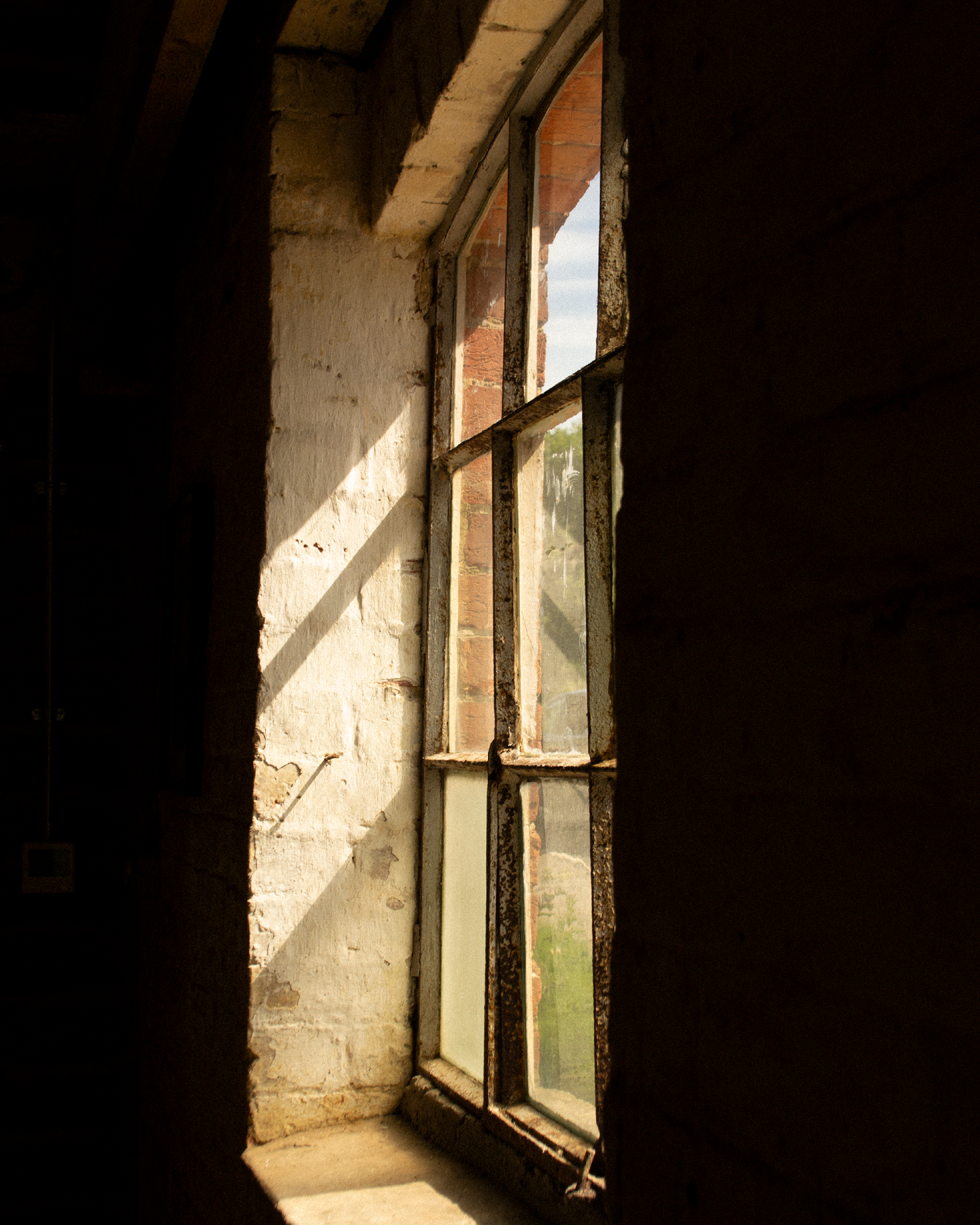
The Garage Guide to Origins and Processing
Share
Do you feel like the coffee world is conspiring against you?
Perhaps, that it’s created some secret code to confound and befuddle?
Or that simply sometimes all the jargon is just too much to get your head around?
Well fear not! Our upcoming Coffee Enthusiast Class got us thinking about all those speciality coffee terms that can feel really quite impenetrable to the coffee beginner. So, we set about making this neat little guide to demystify all those complexities
ORIGINS
Pop the same coffee tree in the ground in Yirgacheffe, Ethiopia and another in Huila, Colombia and you’ll get two coffees that could not taste more apart. That’s because every country, every region, and even every farm has its own unique mix of altitude, climate, and soil - or "terroir".
Whilst it can be a lot to get your head around at first, the more you learn, and more importantly the more coffees you taste, you’ll start to get an understanding of the unique flavours and mouthfeels that each origin provides:
Ethiopia
Ethiopian coffees have enjoyed an unparalleled popularity these last few years, and with good reason. With staggeringly diverse palates and mouthfeels, Ethiopian coffees are packed with a tea-like clarity, soaring fruit highs and intoxicatingly elaborate florality.
Colombia
Where to start! A real favourite here at the Roastery, the Colombians do it all. Boasting a plethora of unique climates and topographies, Colombia offers a dizzying diversity of flavours, from vibrant tropical highs to indulgent chocolatey depths. A lot of money has been pumped into experimental coffee research and production in Colombia, so expect some really crazy cups.
Kenya
A real jewel in the African coffee crown and one of my personal favourites. Often big on the blackcurrant vibes, Kenyan coffees are as juicy as they come and without forgoing on complexity of flavour.
Brazil
The world’s largest coffee producer. Favoured by many as an extremely approachable option, Brazilian coffees offer that classic coffee palate of smooth chocolate, citrus, and nut.
Honduras
Vibrant, fruity, and cane-sugar-sweet, Honduran coffees are really on the up, both in quality and popularity due to growing investment in the industry. One to look out for – especially if you’re a fan of a boozy brew. Like the sound of this?
Papua New Guinea
A real coffee wild card. Lush volcanic soils and unique highland plateaus lend these coffees exciting and distinctive profiles. Your one stop shop for explosive tropical palates. Up your proverbial?
Mexico
Really quite “in vogue” at the moment with the coffee snobs and with good reason. Citrussy, floral, and often with a honeylike sweetness.
VARIETALS
A varietal essentially just refers to a genetically distinct subspecies or type of coffee bean. Just like different grape varieties in wine (think Pinot Noir vs. Cabernet Sauvignon), coffee varietals influence everything from flavour to disease resistance to yield. Understanding them can be just as important as origins in unlocking just why certain coffees make your palate pop:
SL 28 & SL34
Born in East Africa but now with a growing presence in the experimental Colombian coffee scene. Bright acidity and a great, often citrussy, complexity.
Gesha/Geisha
Exotic, intensely floral, and with a tea-like complexity of body, Geshas are some of the most exciting, and therefore expensive, coffees on the market.
Red Bourbon
One of the OG varietals in speciality coffee. Big everywhere from Burundi to Bolivia, this bean boasts excellent balance, sweetness, and caramel/fruity notes.
Pink Bourbon
When a Red Bourbon and a Yellow Bourbon love each other very much... One of the best around and a real hit with people who really know their coffee. Vibrant, complex, and with big stone fruit vibes, this coffee is at its best when grown in Colombia’s high-altitude regions. Often fetches a hefty price tag but with good reason.
Typica
Easy to grow and with high yield, this coffee is bright, balanced, and citrussy. A real favourite in coffees cultivated for espresso.
Parainema
A real hit in Honduras, this big bean boasts a bold and tropical cup. Favoured amongst farmers for its high resistance to coffee leaf rust and is a great example of innovation in breeding for both quality and resilience.
PROCESSING
Coffee beans are actually seeds of a fruit, or coffee cherry. How and when that fruit is removed from the seed, and indeed how the seed is dried and processed, affects flavour just as much as origin.
Washed
The classic. Coffee berries are de-pulped and the beans undergo a short fermentation period and are then washed to remove any remaining berry residue before drying. Systems range from the most rudimentary of setups to industrial washing facilities capable of processing on average 200 million kilograms of coffee each year. Known for its clean profiles and higher acidity, washed coffees are undoubtedly the preferred choice for those favouring a brighter cup.
Natural
Distinct, bold, punchy; naturals bring the party to palate. Contrary to a washed coffee, here the beans undergo the drying process still within the cherries and absorb some of the flavours from the fruit along the way. Full-bodied and exploding with fruity and often unique flavours, naturals certainly make themselves known from the first sip.
Honey
The jack of all trades. Honey processed coffees have enjoyed their place in the sun over recent years but have experienced a slight dip in popularity as the hype train ground to a halt. Still, this is certainly not a process to overlook. Producers carefully remove a proportion of the fruit before it undergoes the fermentation process. The more fruit, the sweeter and more natural adjacent it becomes, the less, the more in common it shares with a washed coffee. Honeys done right can provide a complex and profoundly unique flavour and mouthfeel experience.
Anaerobic fermentation
The process on everyone’s lips and in everyone’s hopper. Cast your minds back to GCSE biology and you might remember learning about anaerobic respiration taking place in the body during intense exercise with an oxygen deficit and producing lactic acid as a biproduct. Anaerobic fermentation of coffee operates much along these same lines, sealed in pressurised, deoxygenated containers and allowed to ferment with the assistance of whatever microbes are present, resulting in an often deep, bold and funky profile.
Co-ferments
The increased levels of attraction generated by anaerobic fermentation has given rise to a number of coffee producers experimenting with inoculation. Inspired in part by the craft beer movement, fruits or particular yeasts are added to the tanks during fermentation and thus giving rise to the greater expression, or indeed introduction, of certain flavour notes. This is certainly an interesting development in coffee production; however, there is an argument that by doing so the flavour palate of lower grade coffee could be enhanced and be detrimental to the market share of smaller coffee farms that cannot afford to carry out such experimental processing. For the moment at least, these inoculated coffees remain very much at a premium price point and small-scale production, meaning that their true influence on the coffee industry is yet to be seen.
FINAL THOUGHTS
This has been by no means an exhaustive look into the offerings of each origin or process (we haven’t even touched on carbonic maceration!) but has hopefully served as a helpful nudge to either kickstart your thinking about or simply reaffirming your coffee choice.




